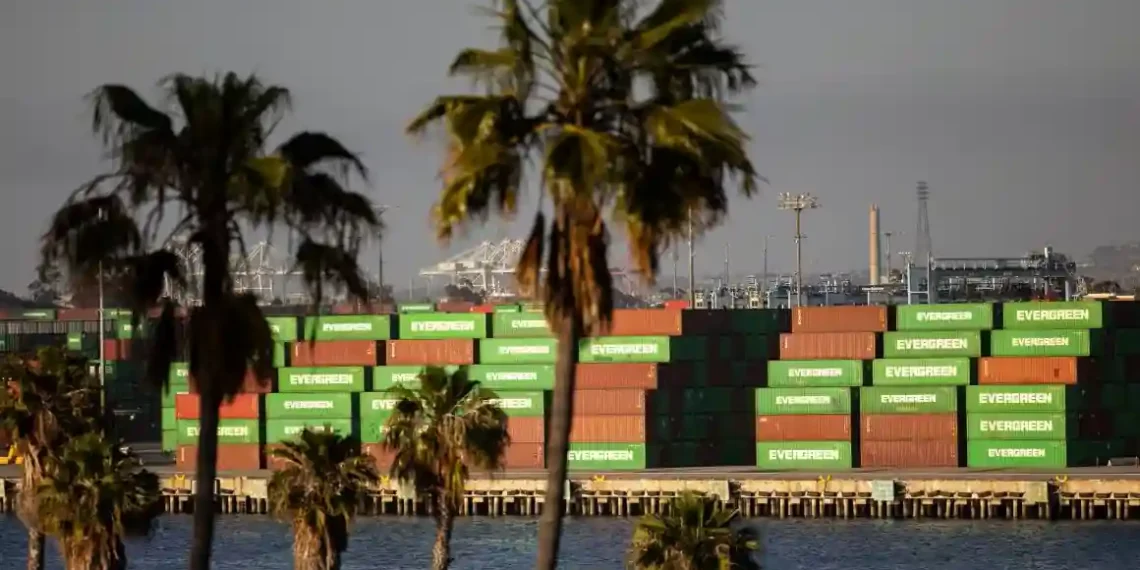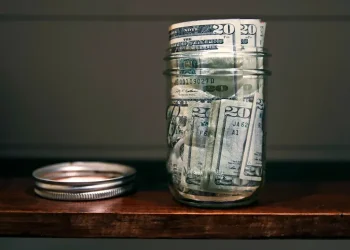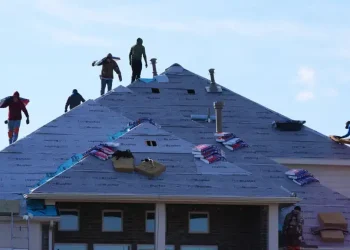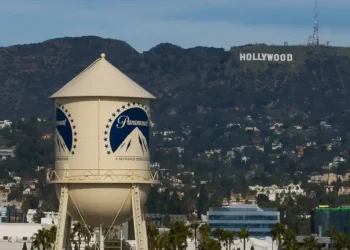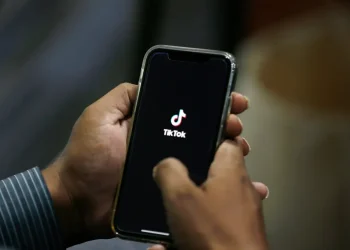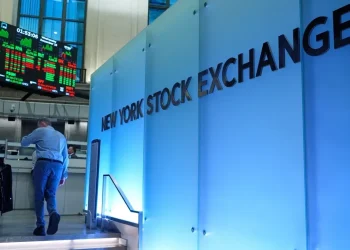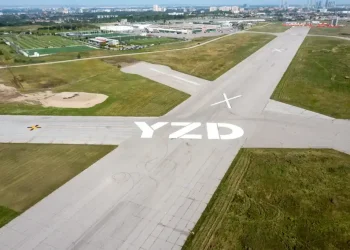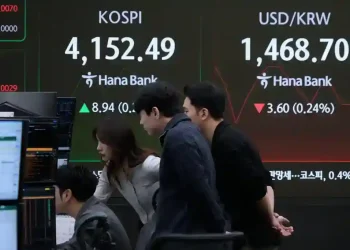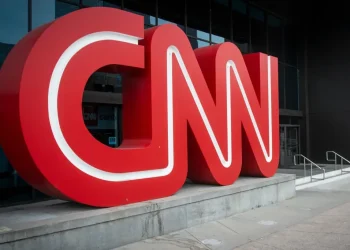Trump Warns of Tariffs as High as 70% as Trade Deal Deadline Nears
With just days left before his self-imposed deadline, former President Donald Trump says he’s ready to slap tariffs as high as 70% on countries that haven’t reached new trade agreements with the United States.
Speaking at Joint Base Andrews early Friday, Trump announced the White House will begin sending formal notices to around a dozen countries per day starting immediately. These letters will outline new tariff rates that, in most cases, are set to take effect on August 1.
“They’ll range from maybe 60% or 70% tariffs to 10% and 20% tariffs,” Trump told reporters. “We’ve finalized the letters. They’ll explain exactly what each country will be paying.”
A Three-Month Moratorium Nears Its End
Back in April, Trump gave U.S. trading partners a three-month window to negotiate so-called “reciprocal” trade deals—or face steep penalties. At the time, he imposed tariffs as high as 50% on many nations. Now, with the July 9 deadline just days away, Trump appears set on following through.
The news sparked global concern, even as U.S. markets remained closed for the Independence Day holiday. International markets and futures dipped on the announcement, reflecting investor anxiety over escalating trade tensions.
Who’s on the Tariff List?
The exact list of countries receiving new tariff notices hasn’t been confirmed. However, Trump has repeatedly singled out Japan and the European Union as examples of nations he believes are taking advantage of U.S. trade policy.
Earlier this week, he threatened to send a letter to what he called “spoiled” Japan, possibly setting its tariff rate as high as 35%. Whether that move was a serious threat or just part of his negotiating playbook remains unclear.
According to Trump, most countries will receive their notices by July 9. But some flexibility may still be on the table for nations actively negotiating in good faith.
Mixed Signals from the Administration
Despite Trump’s tough stance, members of his administration have offered a more measured tone. White House Press Secretary Karoline Leavitt recently noted that “the deadline is not critical” for countries like India, which are still negotiating.
Treasury Secretary Scott Bessent echoed that view in a Fox Business interview, suggesting that talks could extend to Labor Day if progress is being made. However, Trump contradicted that softer messaging Friday, saying, “Not really,” when asked about deadline extensions.
“They’ll start to pay on August 1,” Trump said. “The money will start to come into the United States on August 1, in pretty much all cases.”
Still, Bessent told Bloomberg TV that a “flurry” of deals may be signed before July 9. For countries that don’t reach an agreement, Trump suggested they could still face a minimum 10% tariff under baseline rules announced on April 2—dubbed “Liberation Day” by the former president.
Only a Few Deals Finalized So Far
Despite Trump’s bold claims that “200 deals” were nearly done, only a few trade frameworks have been formally announced. So far, the administration has only confirmed agreements with the United Kingdom and China, with Vietnam being mentioned by Trump in a social media post—though no formal terms have been released.
“As we get to the smaller countries, we’re pretty much going to keep the tariffs the same,” Trump added.
Trump admitted that finalizing hundreds of trade deals in such a short timeframe wasn’t realistic.
“You know, we have 200 countries,” he said. “We can’t do that. So at a certain point… we’re just going to tell them what they have to pay to do business in the United States.”
A Strategy Two Months in the Making
The idea of imposing new tariffs on countries that fail to make a deal has been circulating since late April. But the deadline has shifted multiple times.
-
April 23: Trump said tariffs would be imposed on countries failing to negotiate in “the next few weeks.”
-
May 16: He extended that to “two to three weeks.”
-
Now: The letters are said to be going out “sometime tomorrow.”
“It’s just much easier,” Trump concluded. “We have far more than 170 countries, and how many deals could you make?”
As the clock ticks down, the world is watching closely. Whether Trump’s aggressive tariff strategy will drive countries to the negotiating table—or trigger another round of global economic tension—remains to be seen.
This article was rewritten by JournosNews.com based on verified reporting from trusted sources. The content has been independently reviewed, fact-checked, and edited for accuracy, neutrality, tone, and global readability in accordance with Google News and AdSense standards.
All opinions, quotes, or statements from contributors, experts, or sourced organizations do not necessarily reflect the views of JournosNews.com. JournosNews.com maintains full editorial independence from any external funders, sponsors, or organizations.
Stay informed with JournosNews.com — your trusted source for verified global reporting and in-depth analysis. Follow us on Google News, BlueSky, and X for real-time updates.
